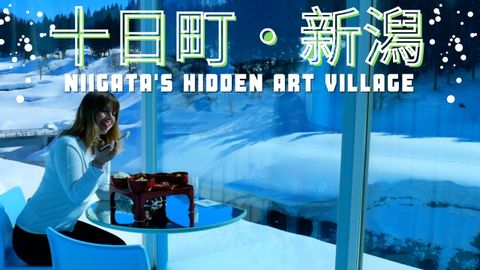
Subtitles & vocabulary
Tokamachi, Niigata - Hidden Art Village 新潟県十日町
00
Summer posted on 2021/03/31Save
Video vocabulary
absolutely
US /ˈæbsəˌlutli, ˌæbsəˈlutli/
・
UK /ˈæbsəlu:tli/
- Adverb
- Completely; totally; very
- Considered independently and without relation to other things; viewed abstractly; as, quantity absolutely considered.
A2
More apparently
US /əˈpærəntlɪ/
・
UK /əˈpærəntli/
- Adverb
- According to what you heard; from what can be seen
A2TOEIC
More gorgeous
US /ˈɡɔrdʒəs/
・
UK /'ɡɔ:dʒəs/
- Adjective
- Extremely attractive; richly beautiful
- Delightfully enjoyable or pleasant.
B1
More Use Energy
Unlock All Vocabulary
Unlock pronunciation, explanations, and filters
